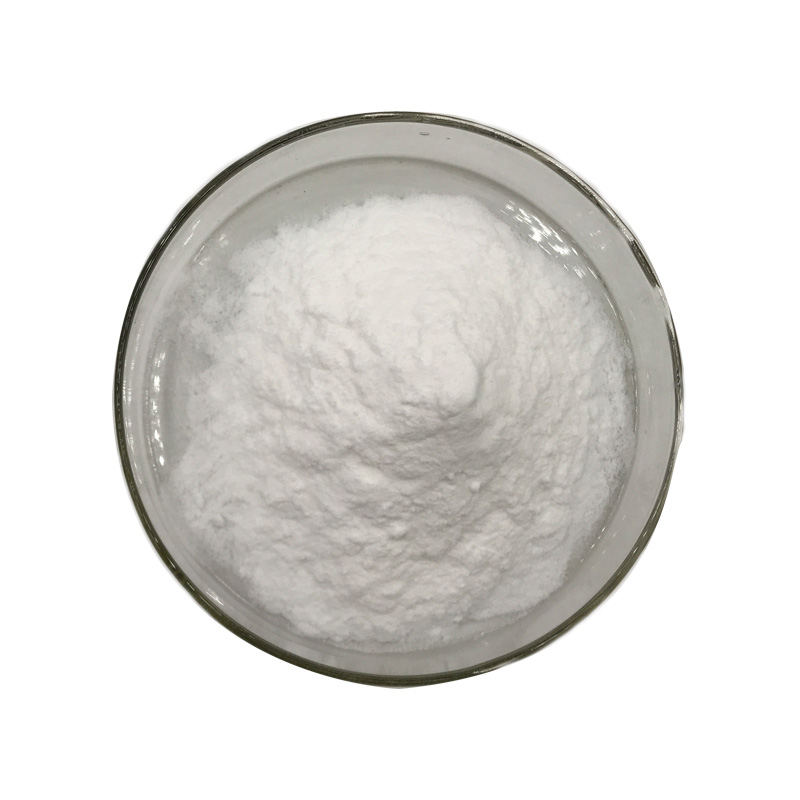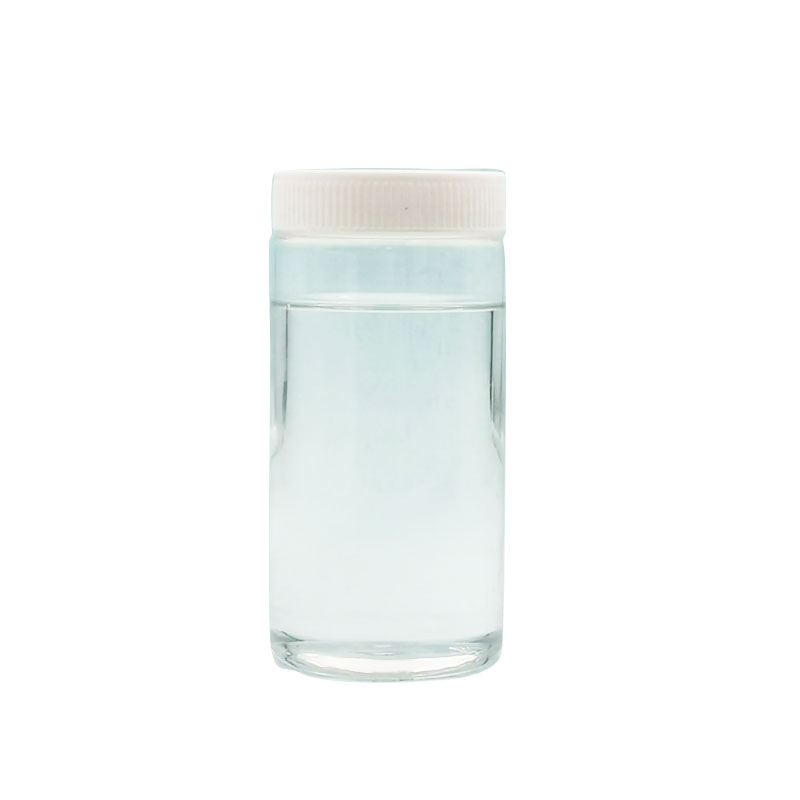Products Description of Glycerol formal CAS#4740-78-7Glycerol acetal (GF) is a light glycerol acetal composed of about 60% 5-hydroxy-1,3-dioxane and about 40% 4-hydroxymethyl-1,3-dioxane. Glycerol reacts with formaldehyde in the presence of an acidic catalyst to produce acetone.
Contact Now
Products Description of Glycerol triglycidyl ether CAS#13236-02-7Glycidyl ethers include allyloxyepoxypropane, diglycidyl ether, isopropyl glycidyl ether, butoxye-popropane, diglyeidyl ether (EP-562) and epoxphenoxypropane, etc. They are a group of substances with similar chemical properties and toxic effects. They are colorless liquids with some pungent odors. They have low acute toxicity when in contact with the mouth and skin, and moderate toxicity when in contact with the respiratory tract. They mainly act on the nervous system.
Contact Now
Glycerol CAS#56-81-5Discover the power of Glycerin (CAS#56-81-5), also known as vegetable glycerine or liquid glycerol, a key component in a wide array of industries.
Contact Now
Products Description of Aminopyrazine CAS#5049-61-6Aminopyrazine is the matrix for the four-component synthesis of imidazolidinediones, an organic synthesis intermediate and a pharmaceutical intermediat.Aminopyrazine Chemical PropertiesMelting point 118-120 °C (lit.)Boiling point 167.6°C (rough estimate)density 1.1031 (rough estimate)refractive index 1.5200 (estimate)storage temp. Keep in dark place,Inert atmosphere,Room temperaturesolubility soluble in Methanolpka3.22±0.10(Predicted)form Crystalline Powdercolor Slightly yellow to beigeWater Solubil
Contact Now
Products Description of Pancreatin CAS#8049-47-6Pancreatin is a digestive aid, mainly containing trypsin, amylase and lipase. Trypsin can convert protein into peptone, amylase can convert starch into dextrin and sugar, and lipase can decompose fat into glycerol and fatty acids. It is more active under neutral or weakly alkaline conditions.
Contact Now
Products Description of Titanocene dichloride CAS#1271-19-8Titanocene dichloride is an organic titanium compound with the chemical formula (η5-C5H5)2TiCl2, often written as Cp2TiCl2. This metallocene is a common reagent in organometallic chemistry and organic synthesis. It is a bright red solid that slowly hydrolyzes in the air.Cp2TiCl2 does not form a "sandwich" structure like ferrocene. Because its four ligands surround a metal center, it forms a tetrahedral structure.
Contact Now
Products Description of Decanoyl octanoyl-glycerides CAS#65381-09-1Glyceryl caprylate, also known as GTCC, is a mixed triester of glycerol and medium-carbon fatty acids in vegetable oils. It is a colorless, odorless, low-viscosity lipophilic emollient with extremely high antioxidant properties. In cosmetics, GTCC can replace a variety of oils and fats as an emollient and fat-enriching agent, and can also be added as a carrier and diluent to active preparations or conditioners such as sterols.
Contact Now
Monostearin CAS#123-94-4Monostearin (also known as 1-Stearoyl-rac-glycerol) is a long chain molecule typically occurring in the body as a by-product of the breakdown of fats. It is one of the panels of serum metabolic biomarkers for detecting and diagnosing cancer, especial ovarian cancer. It is also used in the development of drug delivery vehicles such as nanoparticles and microemulsions.
Contact Now
Products Description of Methoxypolyethylene glycols CAS#9004-74-4Polyethylene glycol monomethyl ether is a derivative of polyethylene glycol. It is soluble in water, ethanol and most highly polar organic solvents. It is less volatile than glycerol, has stable chemical properties, is not easily hydrolyzed and destroyed, and has strong hydrophilicity. It has low vapor pressure and is stable to heat. It is used as a thickener and lubricant in the textile printing and dyeing industry and the daily chemical industry.
Contact Now
Products Description of Guaifenesin CAS#93-14-1Guaifenesin, also known as methyl glyceryl benzene diether, guaifenesin, guaifenesin glycerol ether, and glyceryl guaifenesin, is a stimulating expectorant. After oral administration, it can stimulate the gastric mucosa, reflexively cause increased secretion of bronchial mucosal glands, reduce the viscosity of sputum, and make sticky sputum easier to cough up. It is suitable for treating people with a lot of sputum that is difficult to cough up.
Contact Now
Products Description of Imidazolidinyl urea CAS#39236-46-9White flowing powder, hygroscopic, odorless or with a slight characteristic odor, easily soluble in water, soluble in propylene glycol and glycerin, and hardly soluble in ethanol.Imidazolidinyl urea Chemical PropertiesMelting point 141-143℃Boiling point 514.04°C (rough estimate)density 1.4245 (rough estimate)vapor pressure 0Pa at 25℃refractive index 1.6910 (estimate)storage temp. 2-8°Csolubility Soluble in water and in glycerol, but insoluble in almost all organic solvents.pka7.41±0.10(Predicted)f
Contact Now
Products Description of Zinc sulphate CAS#7733-02-0Zinc sulfate (zincsulfate; ZnSO4), also known as alum, zinc alum, is colorless or white rhombic crystal or powder at room temperature, astringent, easily soluble in water, and its aqueous solution is acidic. It is slightly soluble in ethanol and glycerol. Pure zinc sulfate does not turn yellow when stored in the air for a long time, and loses water in dry air to become white powder.
Contact Now
Products Description of Chlorobutanol CAS#57-15-8Colorless crystals. There are two types of crystals: containing half molecular crystal water and anhydrous. The melting point of the containing half molecular crystal water type is 78℃, slightly soluble in water (1:250), easily soluble in ethanol (1:1), glycerol (1:10), ether, chloroform and volatile oil. The melting point of the anhydrous type is 97℃, the boiling point is 167℃, and the 135℃ (32.7kPa).
Contact Now
Dimethyl carbonate CAS#616-38-6Dimethyl carbonate is quickly referred to as DMC. At room temperature, it is a colorless and obvious liquid with a pungent smell with a relative density (D204) of 1.0694, a melting factor of four °C, boiling factor of 90.3 °C, the flash factor being 21.7 °C (opening) and being 16.7 °C (closed ) and the refractive index (nd20) being 1.3687.
Contact Now
Cyclohexanol CAS#108-93-0Cyclohexanol is a clear, colorless to light yellow, viscous, hygroscopic liquid with a camphor-like odor. A detection smell threshold awareness of sixty four μg/m3 (155 ppbv) was once said through Punter (1983). It has a pretty excessive flash factor and boiling range. A solvent for cellulose ethers, ester gum,shellac, low viscosity silicones and polyvinyl chloride. lt has a pretty confined use in display screen inks.
Contact Now
Products Description of Sodium perborate tetrahydrateCAS#10486-00-7 White monoclinic crystalline particles or powder. Melting point 63℃. Soluble in acid, alkali and glycerol, slightly soluble in water, the solution is alkaline (pHl0~11), the aqueous solution is unstable and easily releases active oxygen. In cold and dry air, sodium perborate with higher purity is more stable. Decomposes at 40℃ or in humid air and releases oxygen. Dissolves in its own crystal water at 63℃ and decomposes to form a sticky solid mass. Loses 3 crystal waters at above 70℃ to form a monohydrate.
Contact Now
Glycerin For Skin CAS#56-81-5 discover the power of Glycerin (CAS#56-81-5), also known as vegetable glycerine or liquid glycerol, a key component in a wide array of industries.
Contact Now
Ethylene glycol CAS#107-21-1It is colorless obvious viscous liquid with candy style and moisture absorption capability. It is additionally miscible with water, low-grade aliphatic alcohols, glycerol, acetic acid, acetone, ketones, aldehydes, pyridine and comparable coal tar bases.
Contact Now
Products Description of Sodium sulfate CAS#7757-82-6Sodium sulfate is an important chemical raw material and the main raw material for producing chemical products such as sodium sulfide and sodium silicate. Sodium sulfate is also called glauber's salt, anhydrous sodium sulfate, and anhydrous sodium sulfate. White monoclinic crystals are fine crystals or powders. Relative density is 2.68, melting point is 884℃. Soluble in water, and the aqueous solution is neutral. Soluble in glycerol, insoluble in ethanol, exposed to air, it easily absorbs water to become hydrated sodium sulfate.
Contact Now
Products Description of Glycerine CAS#56-81-5Glycerin is an important basic organic raw material. It is widely used in industry, medicine and daily life. Currently, it has about 1,700 uses. It is mainly used in medicine, cosmetics, alkyd resin, tobacco, food, Chemicalbook acid resin, and celluloid. and explosives, textile printing and dyeing, etc. Glycerol consumption in areas such as alkyd resins, celluloids and explosives is on a downward trend. However, its applications in medicine, cosmetics, and food will continue to grow. It can form a nutrient source after hydrolysis in the body.
Contact Now
Epichlorohydrin CAS# 106-89-8Epichlorohydrin is a sort of organochlorine compound as properly as epoxide. It can be used as an industrial solvent. It is a exceptionally reactive compound, and can be used for the manufacturing of glycerol, plastics, epoxy glues and resins, and elastomers. It can additionally be used for the manufacturing of glycidyl nitrate and alkali chloride, used as the solvent of cellulose, resins, and paint as properly as being used as an insect fumigant.
Contact Now
Products Description of DIMETHYL SULFOXIDE-D6 CAS#2206-27-1The content of deuterated dimethyl sulfoxide reagents on the market is only about 99.5%, and the main impurities are water and dimethyl sulfone. Deuterated dimethyl sulfoxide is a sulfur-containing organic compound. It is a colorless, odorless, transparent liquid at room temperature. It is a hygroscopic flammable liquid with high polarity, high boiling point, good thermal stability, aprotic, miscible with water, etc. It can be dissolved in most organic substances such as ethanol, propanol, and chloroform.
Contact Now
Products Description of Calcium gluconate CAS#299-28-5Calcium gluconate is the calcium salt of gluconic acid. It is a white crystalline or granular powder with a melting point of 201°C.
Contact Now
Products Description of CALCIUM SACCHARIN CAS#6485-34-3CALCIUM SACCHARIN is a white crystal or white crystalline powder with no or slight fragrance. It has a very strong sweet taste, and the sweetness of its dilute solution is about 500 times that of sucrose. Saccharin calcium can be dissolved in 1.5 ml of water and ethanol.CALCIUM SACCHARIN Chemical PropertiesOdorat 100.00?%.
Contact Now


































